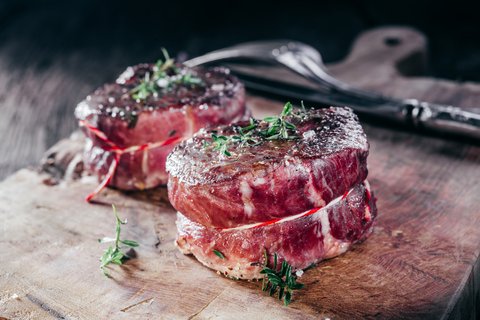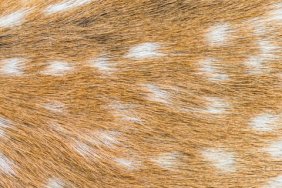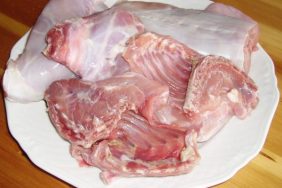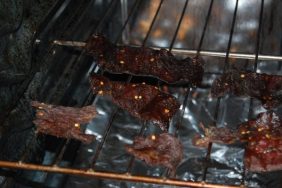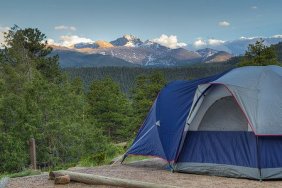Growing up in Quincy, Illinois with the border of Pike County just a few miles of blacktop away ensured that venison made frequent appearances on the family dinner table. Pike County Illinois boasts some of the healthiest and largest bodied whitetail deer populations in the country.
So as you can imagine, venison burgers were always popular year around and especially for summertime BBQ’s. Myriad types of deer sausage were commonly brought out for a snack in the duck blind, given as gifts to neighbors, or sometimes even in exchange for a pound or two of spring morels when the time came.
Hardly a winter went by without more than a few containers of venison chili been passed around between friends. But the most delectable cuts always seemed to be saved for the closest of kith and kin.
Also Read: Venison and Maple Syrup Slow Cooker Recipe
Rarely seen gifted and probably my favorite cut of venison is the back-strap. The back-strap runs along the spine of the deer and contains very little connective tissue or fat. It is lean, has a texture similar to filet mignon and because of it’s thickness, is excellent for smoking. Smoking is by far my favorite preparation method for this cut of meat.
Without question, the key for tender and flavorful smoked wild game is to incorporate a brine into the preparation. A brine is essentially a marinade with a high salt and sugar content that elicits a specific reaction within the meat.
Two main processes are at work in a brine.
Also Read: How to Brine and Other BBQ Tips
First, meat is largely devoid of salt, so when immersed in a salty water solution the process of osmosis kicks into action and the area with less salt concentration (the meat) pulls the saltwater solution into the meat and hydrates it. This helps to keep the meat juicier over the several hour smoking process.
Second, the introduction of salt into the meat causes a break down of certain proteins within the meat. This breakdown makes the extremely lean venison much more tender than it would be without this process.
Here is a basic brine recipe to try to make one-gallon of brine. Depending upon your storage vessel, this should be adequate to cover one whole back-strap.
- 1 Gallon of Water (could substitute ¼ gal of water for apple juice too!)
- ¾ Cup of Salt
- ½ cup of regular (not reduced sodium!) soy sauce
- ¼ worchestershire sauce
- ½ cup of brown sugar
- ½ cup of molasses
- 1 tbs. rosemary
- 2 tbs. pepper
Put this mixture in a vessel of your choice along with the back-strap such that the meat is completely covered in the brine. Let this stand refrigerated for at least 12 hours but no more than 24.
Once you’re ready to smoke the venison, prepare several strips of thick cut bacon to wrap the back-strap and hold into place with toothpicks. As the meat smokes, the bacon fat will drip down over the meat and keep the venison from losing valuable moisture. You can get creative and acquire hickory smoked, or maple cured bacon if you like, but any thick cut bacon will do.
You can use whatever type of smoking wood you choose, but for venison I find that a blend of apple-wood and mesquite gives a light sweet flavor that compliments the wild flavor very well. And I ALWAYS use wood chunks rather than chips.
Now, everyone has an opinion about what kind of smoker is best. Cabinet, offset firebox, even electric smokers are all popular. But my favorite smoker is the basic Brinkmann bullet style smoker, mostly because I got it for free.
I’ve smoked my back-straps for anywhere from 2-5 hours depending upon the thickness and how steady I’ve been able to keep my smoker temperature. I typically aim for about 220 degrees smoker temp, but a good gauge is to shoot for an internal meat temperature of 140 or so, and let it rest in aluminum foil for about an hour after removing from the smoker.
It goes very well with roasted redskin potatoes in olive oil and rosemary, as well as your favorite seasoned wild rice or sweet cooked carrots. Enjoy!
For Related Stories on Cooking Venison:
-
All-Time Best Way to Prepare Venison Ribs
-
Manly Wild Game Appetizers
-
How to Make Slow Cooker Venison with Maple Syrup
-
Wild Game Recipes to Impress Your Friends
Photo credit: Dreamstime
Deer
-
Let's go surfin' dude!
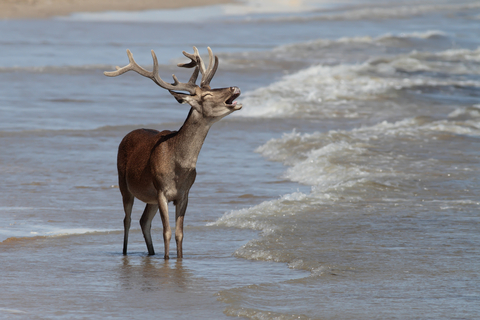
-
Beautiful whitetail deer
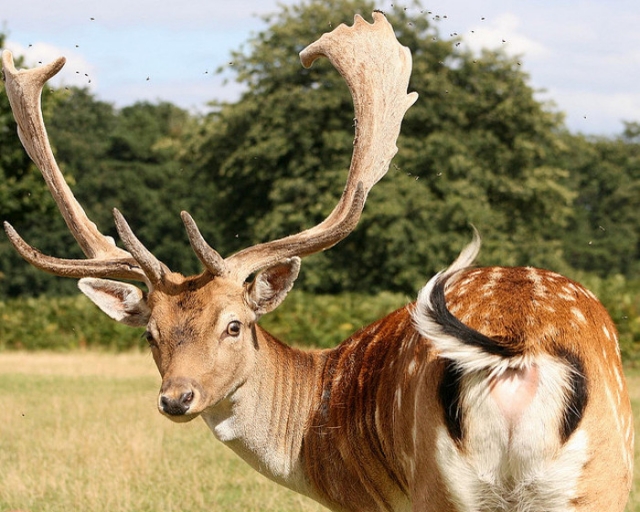
-
Do these stripes look like targets?
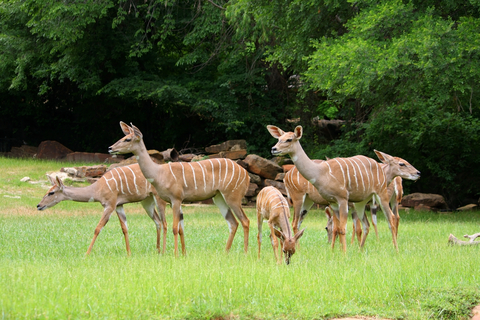
-
Deer down
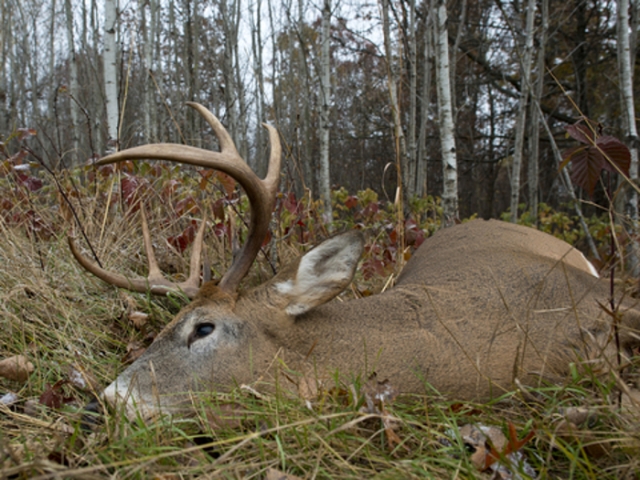
-
Maybe this rock will provide cover.
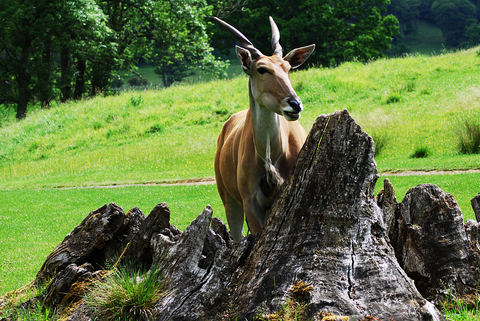
-
Hey little guy.
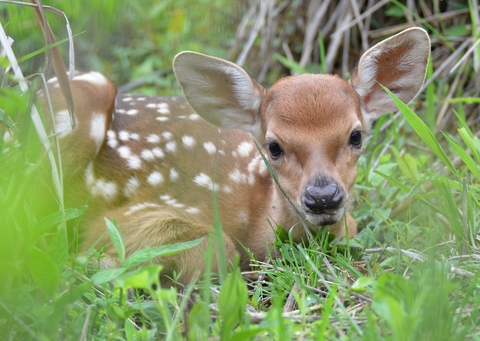
-
I'm a pretty boy.
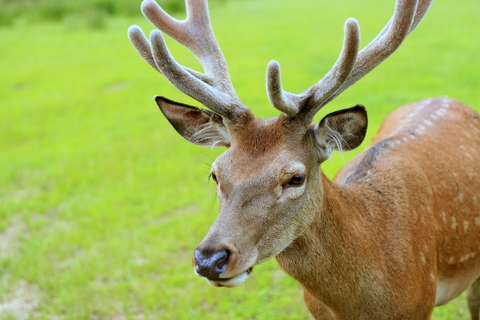
-
Do my ears look big to you?
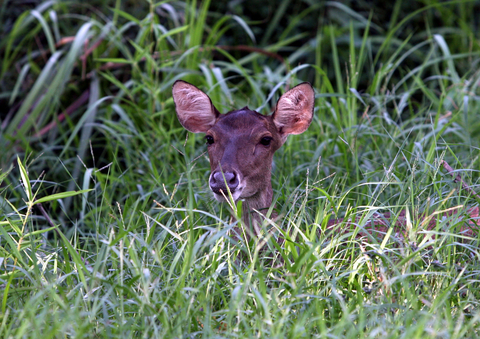
-
The perfect shot
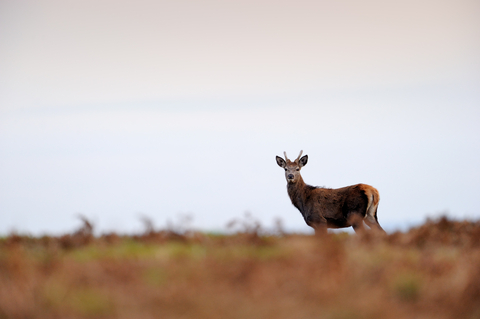
-
I'm just going to learn to like this stuff.
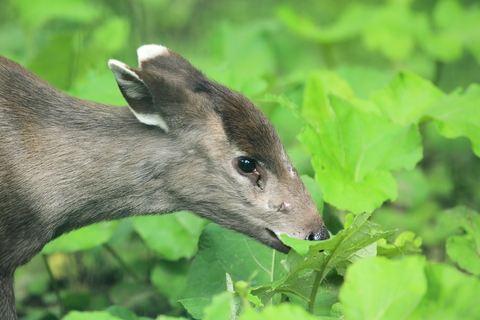
-
A rare albino deer
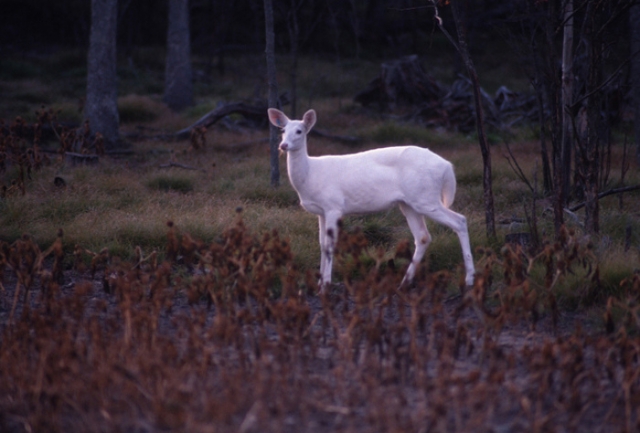
-
Blacktail deer in dry grass
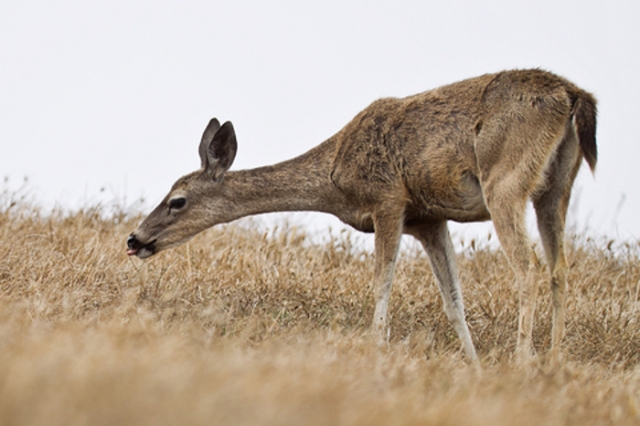
-
Blacktail deer on lush hillside
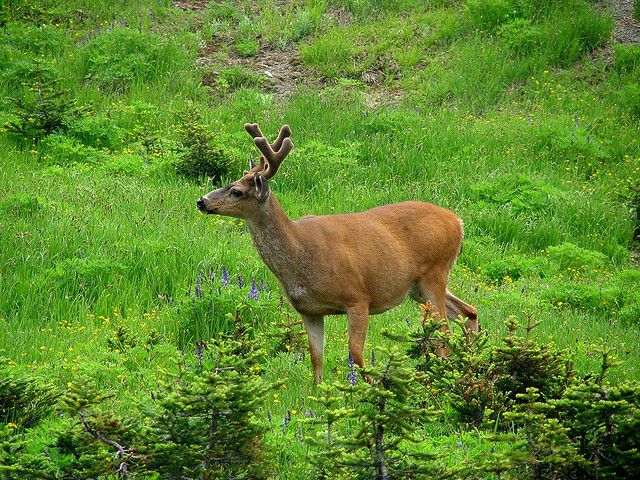
-
A leen blacktail deer seeks shade
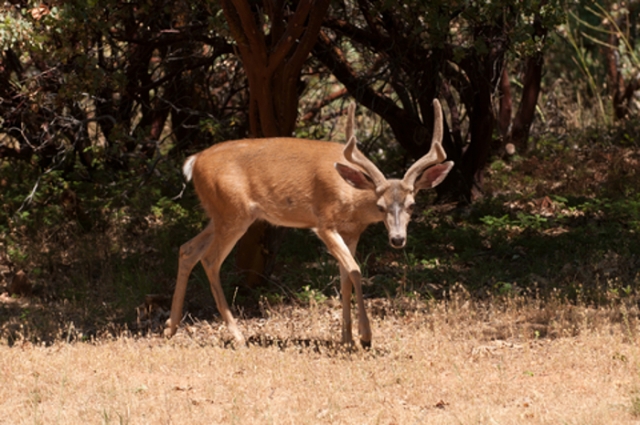
-
Deer in Brownfield, Texas
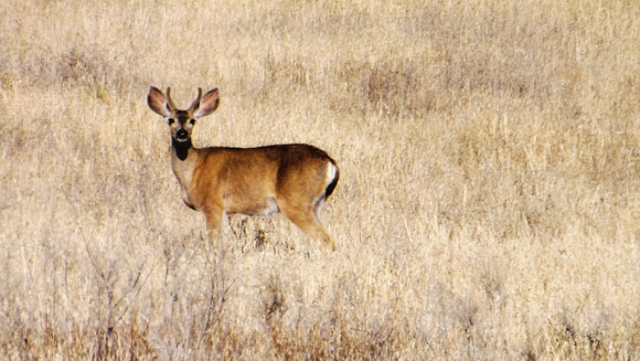
-
Deer in the rain
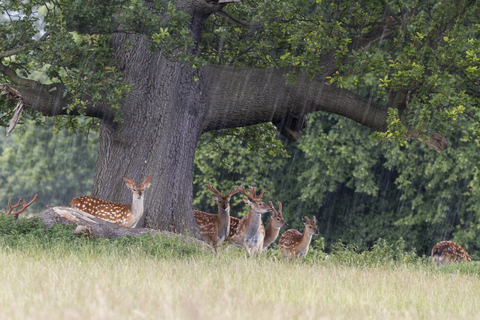
-
Red deer with beautiful antlers
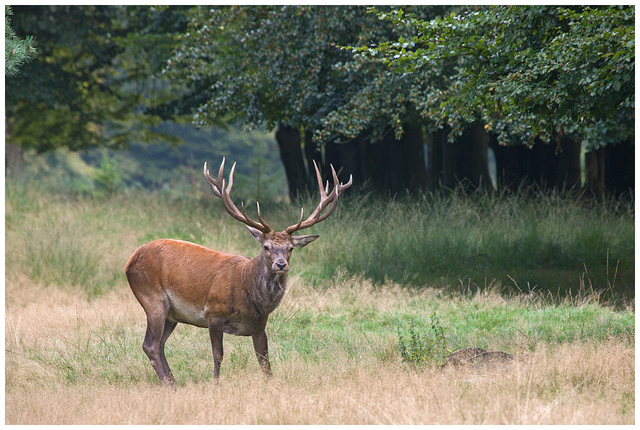
-
Red deer on a hillside
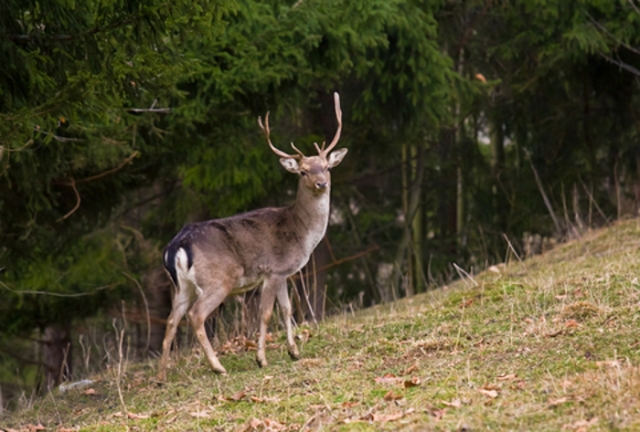
-
Jump! Let's go!
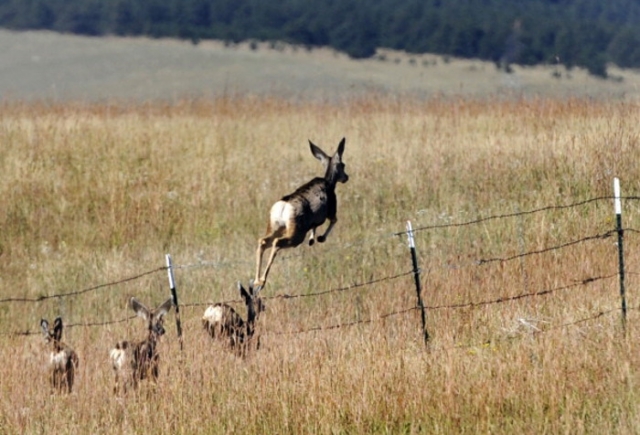
x-default
